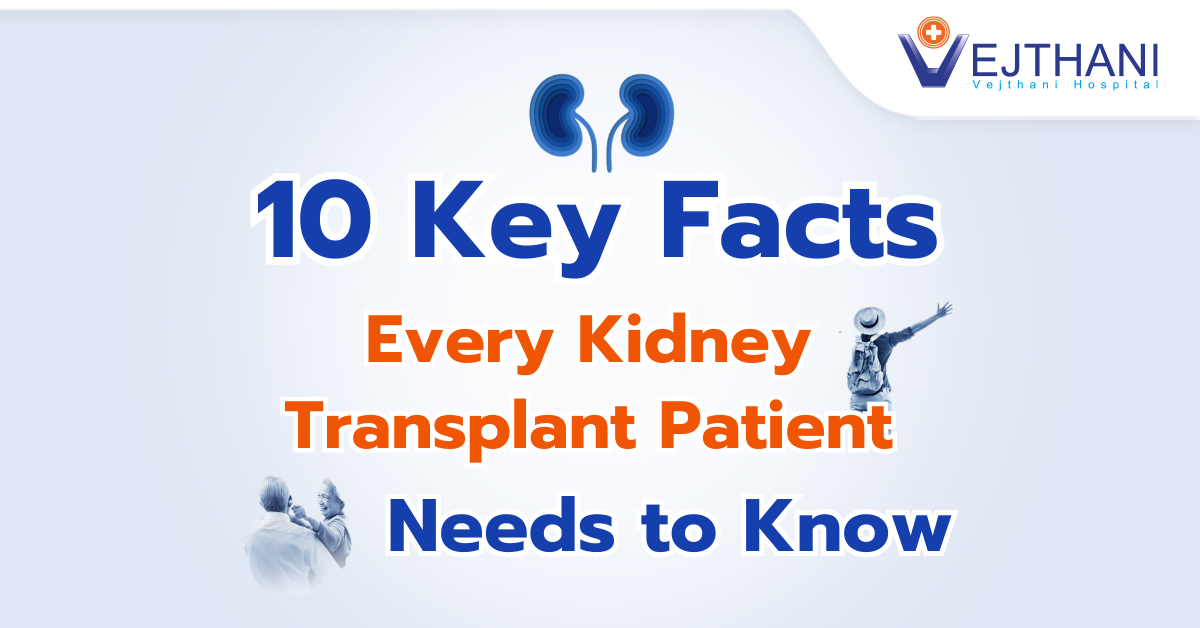
Cesarean section
Overview
A C-section, also known as a cesarean section or cesarean delivery, is a surgical procedure used to deliver a baby through incisions made in the mother’s abdomen and uterus. This method is typically chosen when a vaginal delivery is not feasible or safe, or when the health of the mother or baby is at risk.
Reasons for undergoing the procedure
Certain medical conditions or complications during labor may necessitate a C-section instead of a vaginal delivery. A scheduled
C-section may be planned if any of the following situations arise:
- Cephalopelvic disproportion (CPD): The phrase CPD refers to a situation in which either your pelvis is too small to deliver an average-sized baby or your baby’s head or body is too big to fit comfortably through it.
- Previous C-section: While a Vaginal Birth After a previous C-section (VBAC) is possible for some women, it is not suitable for everyone. The feasibility depends on factors such as the type of uterine incision made during the previous C-section and the associated risk of uterine rupture.
- Expecting multiples: Even though vaginal birth is a common method of delivering twins, a C-section may be necessary for two or more babies.
- Placenta previa: This issue occurs when the placenta attaches itself too low in the uterus, obstructing the baby’s passage out of your cervix.
- Transverse lie: In your uterus, your unborn child is positioned horizontally, or sideways.
- Breech presentation: In a breech presentation, the baby is positioned feet-first or bottom-first in the uterus. Some doctors may attempt to reposition the baby, but if these efforts are unsuccessful, a C-section will be required.
- Health conditions: Conditions such as heart disease may deteriorate during labor in a vaginal birth. Additionally, a C-section is essential if you have genital herpes at the time of delivery.
- Obstruction: A C-section may also be necessary if you have a large uterine fibroid, a pelvic fracture, or if your baby has certain congenital anomalies.
If any of the following occur during your labor, an unscheduled C-section birth may be required:
- No progress in labor: Also known as prolonged labor, this refers to a situation in which your cervix dilates and stops, does not efface (or thin), or your baby does not continue to descend the birth canal.
- Compression of the umbilical cord: This occurs when the cord gets tangled around your infant’s neck, body, or between their head and your pelvis.
Umbilical cord prolapse: In this condition, your cervix releases the umbilical cord before your baby does. - Placental abruption: This occurs when the placenta separates from the uterine wall before to the baby’s birth.
- Fetal distress: During labor, your baby may experience issues that result in an erratic heart rate. Your doctor may determine that a C-section is required if the infant is unable to endure any further labor.
Risks
Like any surgery, there are hazards associated with C-sections. When compared to vaginal delivery, there is a modest increase in the chance of complications with C-sections. These could consist of:
- Blood loss, or hemorrhage.
- An embolism, which is a blood clot that can break off and enter your circulation.
- A cut that could cause the uterine wall to weaken.
- Placenta anomalies in subsequent pregnancies.
- The dangers of general anesthesia.
- Bowel or bladder injuries.
- Infection.
- Injury to the fetus.
The following are additional drawbacks of a C-section:
- Chronic pelvic pain is more likely to result from C-sections.
- If you become pregnant again, your chances of having a C-section increase.
- A C-section recovery could be more challenging than a vaginal birth.
- Your infant can be more susceptible to breathing issues.
- Your infant might find it difficult to nurse.
Before the procedure
If a C-section is in your future, the following steps will be taken:
- You will sign the procedure’s consent documents.
- The anesthesiologist will go over anesthesia alternatives. The most common method for numbing the area from your breasts to your feet is an epidural (also known as a spinal block).
- The surrounding region of hair will be shaved or clipped.
- To keep your bladder empty, a catheter will be implanted.
- Blood pressure and cardiac monitors will be applied to you.
- To administer medication and fluids, an IV will be inserted into your hand or arm.
- If you haven’t already, you will talk with your obstetrician about the surgery and what to expect.
Your obstetrician delivers your baby swiftly if you require an emergency C-section since there is a risk to your health as well as the health of the unborn child. But there’s usually not much time to be ready, and since general anesthetic acts more quickly, you could require it.
During the procedure
The first step in a C-section procedure involves preparing the patient for anesthesia. Most planned C-sections use an epidural, allowing the patient to remain awake for the delivery. However, in some cases, general anesthesia is used, and the patient will be asleep during the procedure.
Next, the abdomen is cleaned with an antiseptic. An oxygen mask may be placed over the mouth and nose to increase oxygen to the baby. A sterile drape is then placed around the incision site and over the legs and chest, followed by raising a sterile curtain or drape between the head and lower body.
The obstetrician will then make an incision through the skin and into the wall of the abdomen. This incision can be either vertical or transverse (horizontal, also known as a bikini incision). After this, a 3- to 4-inch incision is made into the wall of the uterus, which can also be transverse or vertical.
Following the incisions, the obstetrician will remove the baby. The umbilical cord is cut, and the placenta is removed. The incisions are then closed with stitches and staples.
If the patient is awake during the C-section, they will be able to see and hold the baby shortly after it is born. Emergency C-sections follow the same steps but are performed more quickly. In an emergency, the delivery of the baby takes only a few minutes, compared to the 10 to 15 minutes in a planned C-section.
After the procedure
Like vaginal births, the obstetrician will deliver the placenta after the baby is born. Next, the provider will stitch the uterus and either stitch or staple the abdominal muscles. Stitches should dissolve naturally, while staples are typically removed at the hospital about one week later. The abdomen will be sore for several days or weeks, and in some cases, stronger pain medication may be prescribed. It is expected to limit activities, take it easy, and rely on family and friends for support once home. A typical C-section surgery requires a hospital stay of at least two to three days.
Outcome
Once the anesthesia wears off after a C-section, pain from the incisions, gas pains, and difficulty taking deep breaths may occur. It’s crucial to have an adult assist with getting up from bed during the first few days. Most individuals stay in the hospital for two to three days, with full recovery taking between four and six weeks. During this period, avoid steps, lifting, exercise, and other strenuous activities. Assistance from friends or family for errands, cooking, and cleaning can be very helpful to allow for adequate rest and recovery. Healthcare providers may advise against driving until turning the body and pressing the pedals comfortably is possible.
Cramping and bleeding can be expected for up to six weeks, along with discomfort around the incision. Over-the-counter pain relievers such as acetaminophen or ibuprofen may alleviate the pain. It’s advisable to avoid sex for at least six weeks or until a healthcare provider gives the green light. Vaginal discharge, known as lochia, will initially be red and gradually change to yellow. Contact a healthcare provider if there is heavy bleeding or a foul odor from the discharge. Signs of infection at the incision, such as redness, swelling, pus, fever, or worsening pain, should prompt immediate medical advice. Most individuals who had a C-section can consider a vaginal delivery in future pregnancies, especially if certain criteria are met, such as a low transverse incision and no complications like multiples or a breech baby.
Contact Information
service@vejthani.com






















